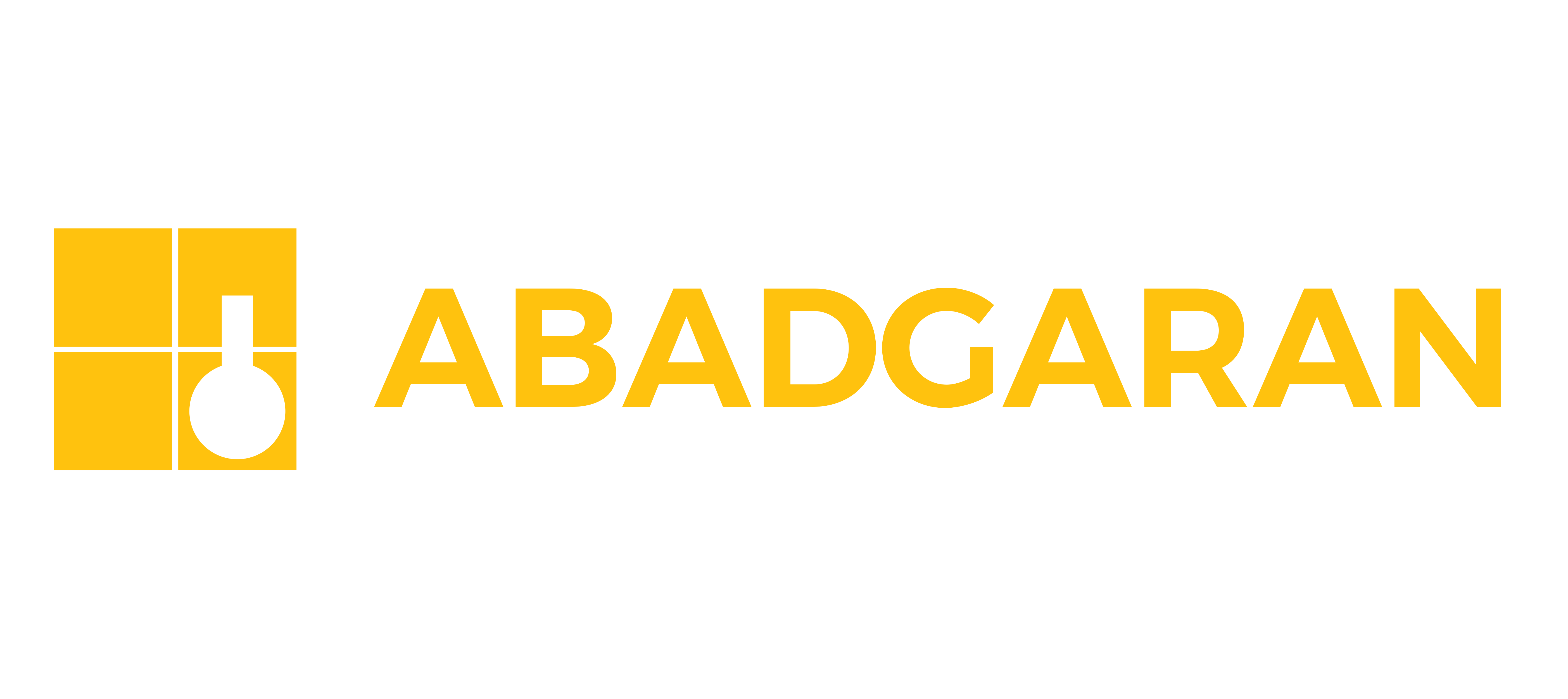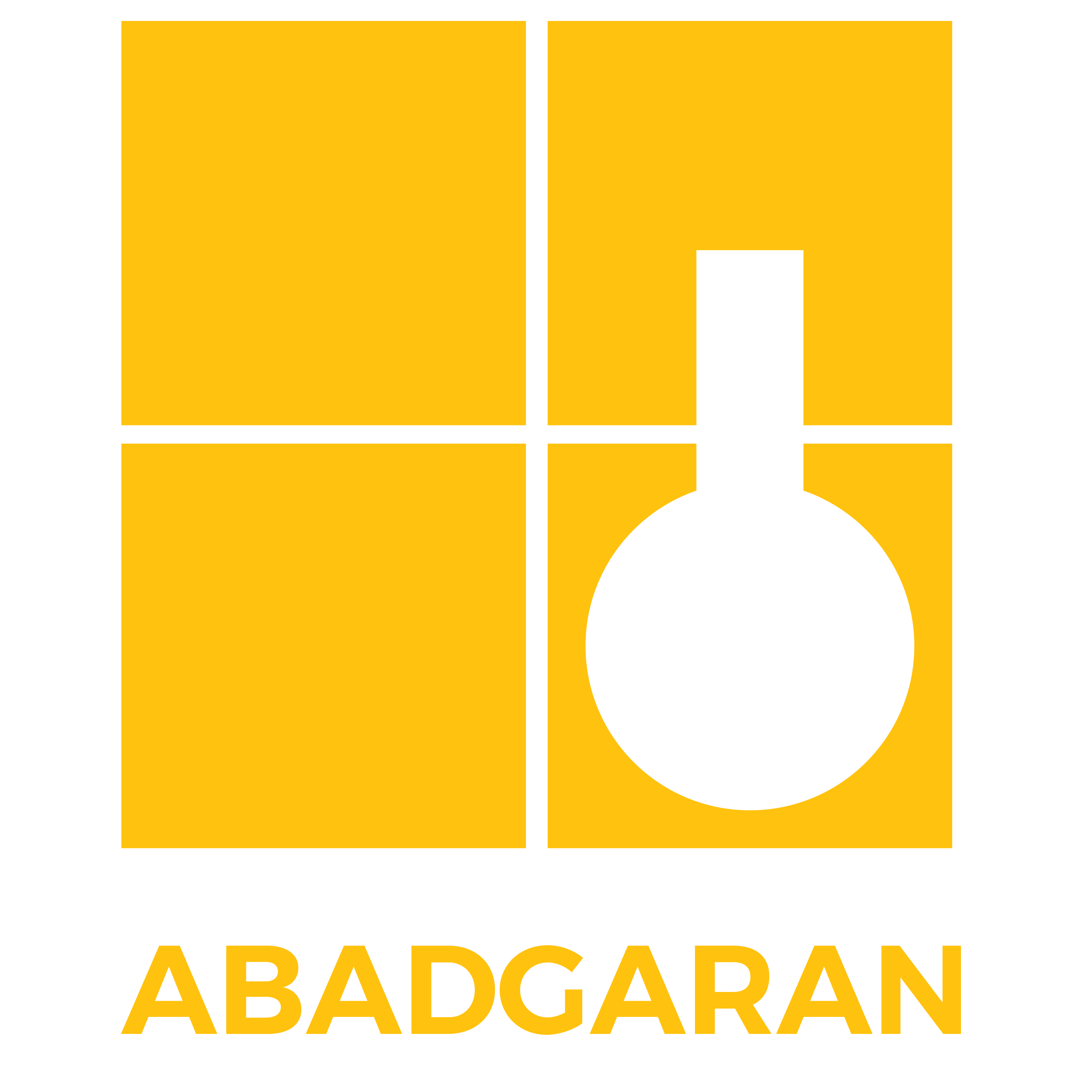Introduction
Concrete repair is recognized as one of the most important processes in the maintenance and preservation of concrete structures. Concrete, as a primary construction material in civil projects, is subjected to various factors such as weather conditions, heavy loads, and chemical effects. These factors can lead to damage and reduce the service life of structures. This article examines the requirements and properties of cementitious materials used in concrete repair and restoration, referencing ASTM C928M-13 as the main standard.

1.1 Importance of Concrete Repair
Undoubtedly, timely repair and restoration of concrete not only helps maintain the quality and safety of structures but also prevents costly damages caused by delayed repairs. Especially in public structures such as bridges and buildings, delays in repairs can lead to serious safety hazards and increased maintenance costs.
Public and infrastructure facilities are also of high importance. Infrastructure like bridges, tunnels, and other structures not only require repairs but are often exposed to heavy loads and harsh weather conditions. In such cases, using appropriate and high-quality materials is essential to ensure the safety and durability of the structures.
2. Characteristics of Cementitious Materials
Cementitious materials, considered a key component of concrete, play a crucial role in the repair and restoration process. These materials can vary chemically and physically, and selecting the appropriate type depends on environmental conditions and type of damage.
2.1 Types of Cement Used
- Portland Cement: The most common type of cement in the construction industry. Portland cement is typically used for general repairs and restoration of concrete structures. Due to its high strength and excellent adhesion, it is the first choice for many engineers.
Special Cements:
- Sulfate-Resistant Cement: Used in environments containing sulfates to prevent concrete degradation. Commonly applied in areas where groundwater has high sulfate content.
- Rapid-Setting Cement: Suitable for projects requiring fast repair, providing sufficient strength in a shorter time. Especially useful in cold climates where normal cement curing times increase.
Other Special Cements:
- Waterproof Cements: Designed specifically for wet and water-exposed environments, acting as a protective layer to prevent water penetration into concrete.
- Nano-Composite Cements: Using nanotechnology in cement production improves mechanical and physical properties. These cements typically have higher strength and lower permeability.

2.2 Physical and Chemical Properties
- Compressive Strength: One of the most important quality criteria for cementitious materials. Materials must be able to withstand compressive loads. Typically, repair materials should have a minimum compressive strength of 32 MPa at 28 days.
- Weather Resistance: The ability to withstand rain, snow, and extreme temperatures is critical. In cold regions, this characteristic significantly affects performance.
- Water Penetration Resistance: Preventing moisture and chemicals from entering the concrete helps avoid further damage. Permeability should be minimal to reduce negative impacts on the structure.
- Corrosion Resistance: Considering the presence of steel reinforcement in concrete, materials must be selected to resist corrosion caused by chemicals and moisture.
3. ASTM C928M-13 Standard Requirements
This standard specifically focuses on dry, packaged cementitious materials for concrete repair. It includes specific requirements that must be met during production and use of repair materials.
3.1 General Specifications
Materials must include suitable cementitious components kept within defined percentage ranges. Particle size and composition should allow easy mixing and good adhesion.
Organic compounds such as epoxies and resins are not permitted in this standard to avoid potential long-term performance issues.
3.2 Comparison with Other Standards
ASTM C928M-13 is compared with other global standards. For example, European standards may have different requirements for composition and properties, directly affecting material choice. Standards like EN 1504 also specify similar quality and performance criteria for concrete repair materials.
3.3 Packaging and Labeling Requirements
Packaging must include production date, cement type, and safety information. Labels should provide correct usage instructions and safety guidelines to assist purchasers in verifying material quality and type.
4. Properties of Repair Materials
Determining the properties of cementitious repair materials is a key step in the concrete repair process. These include:
4.1 Mechanical Properties
- Tensile Strength: The ability to resist tensile loads should be acceptable. Research indicates repair materials usually require tensile strength between 3 to 5 MPa.
- Durability and Fatigue Resistance: Repair materials must be designed to resist fatigue from cyclic loads and weathering, especially important for heavily loaded concrete structures.
4.2 Physical Properties
- Water-to-Cement Ratio: This significantly influences final strength. The ratio should be controlled carefully, typically recommended between 0.25 to 0.35 for repair materials.
- Workability and Flowability: Materials must be easy to place in damaged areas while maintaining sufficient adhesion to the concrete surface, improving repair quality and reducing project time.
- Setting Time: Initial and final setting times should be within reasonable limits, depending on environmental conditions and cement type.
4.3 Chemical Properties
- Corrosion Resistance: Chemicals in the environment, especially chlorides and sulfates, can rapidly damage reinforcement. Use of resistant materials is necessary.
- Compatibility with Reinforcement: Materials must be designed to be compatible with steel reinforcement, avoiding corrosion, typically confirmed by chemical and physical testing.

5. Required Testing
Various tests must be conducted to confirm the quality and performance of cementitious repair materials:
5.1 Mechanical Tests
- Compressive Strength Test: Performed at different ages (typically 3, 7, and 28 days) to monitor strength development over time, a key criterion for repair materials.
- Tensile and Flexural Tests: To determine resistance to tensile and bending loads; flexural tests are particularly important for structures under cyclic loading.
- Fatigue Tests: Evaluate behavior under repeated loads to predict repair material service life.

5.2 Durability Tests
- Freeze-Thaw Tests: Evaluate the effects of weather cycling on repair materials by subjecting samples to freeze-thaw cycles, then measuring mechanical property changes.
- Permeability Tests: Assess the ability to prevent water and chemical ingress, using pressure and immersion methods.
- Sulfate Resistance Tests: Samples are immersed in sulfate solutions and dimensional and mechanical changes measured.
- Thermal Tests: Examine performance under various temperatures affecting strength and durability.
5.3 Chemical Tests
- Chemical Analysis: Determine chemical content to ensure absence of harmful substances that could degrade concrete.
- Chemical Resistance Tests: Evaluate material behavior against specific chemicals, critical for industrial and marine environments.
- Gas Exposure Tests: In chemical plants or coastal areas, gas compositions may affect materials. Testing evaluates vulnerability under such conditions.
6. Applications and Techniques
Various methods exist for concrete repair, each requiring appropriate material selection:
6.1 Surface Repairs
- Using cementitious mortars to fill cracks and surface defects. Suitable for small, superficial cracks.

- Repair Mortars: Typically composed of cement, fine aggregates, and additives enhancing adhesion and strength. One of the best products in this category is the special concrete repair mortar from Abadgaran Chemical Industries.
- Spraying Techniques: Mortar is sprayed under pressure onto damaged surfaces, ideal for quick and efficient repairs on large projects.
- Filling Techniques: Use of specialized fillers, sometimes epoxy or other materials, to fill deep cracks.
6.2 Deep Repairs
- May require replacing larger concrete sections. Use of rapid-setting and freeze-thaw resistant materials is important.
- Abadgaran Chemical Industries also produces a high-strength repair mortar that is a top choice here.

- Replacing Damaged Sections: Severely damaged parts are removed and replaced with new concrete, requiring precise evaluation and planning.
- Formwork Techniques: Using special forms to support fresh concrete during curing, preventing deformation.
- Injection Methods: Pumping repair materials into cracks and voids, often used for deep or large cracks. When using cementitious materials, specially prepared fine-grain grout is recommended.

6.3 Advanced Repair Techniques
- Advanced methods including nanotechnology, composites, and specialized materials to improve repair quality. Especially important for large and complex projects.
- Pressure Injection: Repair materials injected under high pressure into cracks, effective for deep cracks and structural issues.
- Nanotechnology: Use of nanomaterials enhances mechanical and other properties.
7. Safety Considerations
The use of cement-based materials and concrete repair processes can pose risks to worker health and the environment. The following safety precautions should be observed:
- Use of Protective Equipment: Workers should wear appropriate personal protective equipment (PPE) such as safety goggles, masks, and gloves to avoid direct contact with chemicals and dust.
- Awareness of Material Hazards: The materials used should be carefully reviewed, and information about their hazards must be readily available. Labels and instructions should be clearly displayed at the worksite.
- Proper Ventilation: In areas where chemical and cementitious materials are used, proper ventilation must be ensured to prevent the buildup of harmful vapors.
8. Weather Conditions Impact
Weather conditions play a crucial role in the performance and quality of repair materials. The following factors can have significant effects:
- Temperature: Extremely low or high temperatures can affect the setting and hardening time of repair materials. In cold weather, antifreeze additives may be required.
- Humidity: High humidity can reduce the bonding quality and increase the drying time of repair materials. In such conditions, moisture-resistant mortars may be necessary.
- Wind: Wind can accelerate the evaporation of water from the mortar surface, negatively impacting its performance. Protective coverings or special curing methods may be needed to retain moisture.
9. Practical Experiences
Practical experience in concrete repair shows that the use of appropriate materials and adherence to standards significantly improves structural quality and durability. For example, major projects in humid regions have demonstrated that using moisture- and sulfate-resistant cements can considerably extend the service life of structures.
9.1. Case Study
One successful case involves the repair of bridges and concrete structures in northern regions of the country. In these projects, high-performance materials and nano additives were used to enhance bonding and reduce permeability. The results indicated not only lower maintenance costs but also a significant increase in the lifespan of the bridges.
9.2. Training and Consultation
Training and consulting contractors and workers on the proper use of materials and repair techniques is essential. Organizing training courses and workshops to familiarize them with the properties and requirements of repair materials is highly effective. These programs may include topics such as:
- Introduction to Repair Materials: Understanding different types of cementitious repair materials, including their properties and advantages.
- Practical Repair Methods: Teaching various repair methods, including superficial and deep repairs, as well as modern techniques like injection and nanotechnology applications.
- Repair Project Management: Providing knowledge on planning and managing repair projects, including scheduling, budgeting, and performance evaluation.
10. Conclusion
In conclusion, the specifications and properties of cement-based materials used in concrete repair and rehabilitation are critical for maintaining concrete structures. Due attention must be paid to selecting high-quality materials suited to environmental conditions.
Standards such as ASTM C928M-13 help in selecting appropriate materials and improving repair quality. Various tests, including mechanical, durability, and chemical evaluations, help assess material performance.
By following safety precautions and understanding weather conditions, the quality of repairs and the longevity of structures can be significantly enhanced. Practical experience shows that adopting modern techniques and new technologies leads to substantial improvements in the performance of repair materials and reduces maintenance costs.
Therefore, investing in training and providing technical consultation to contractors and workers can be considered a key step in improving the quality and safety of concrete structures.



![]()







